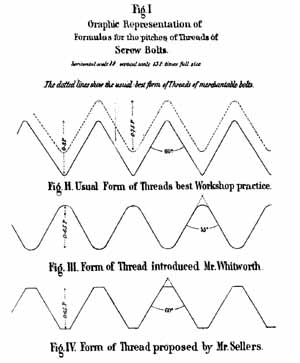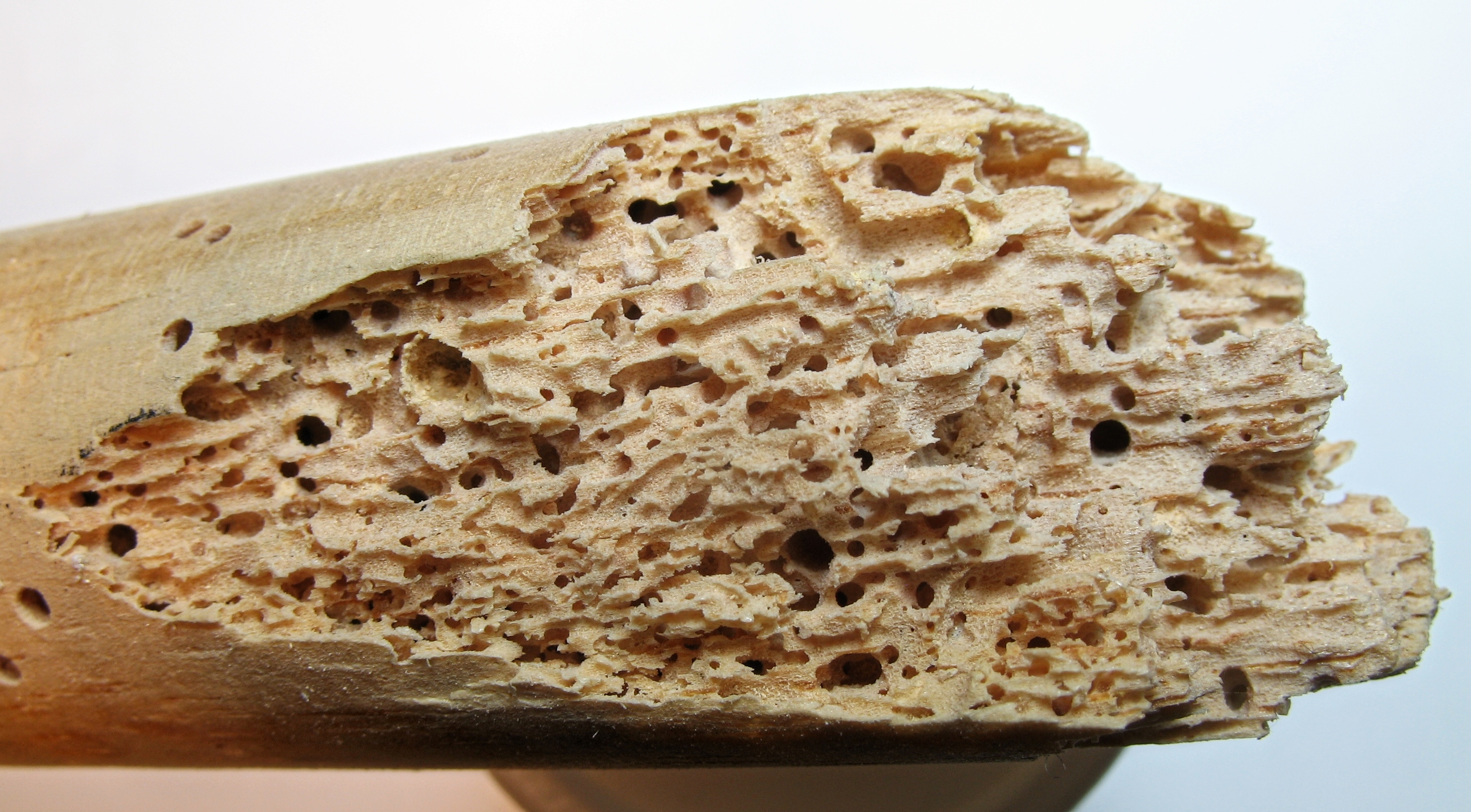|
ISPM 15 Certification
International Standards For Phytosanitary Measures No. 15 (ISPM 15) is an International Phytosanitary Measure developed by the International Plant Protection Convention (IPPC) that directly addresses the need to treat wood materials of a thickness greater than 6mm, used to ship products between countries. Its main purpose is to prevent the international transport and spread of disease and insects that could negatively affect plants or ecosystems. ISPM 15 affects all wood packaging material (pallets, crates, dunnages, etc.) and requires that they be debarked and then heat treated or fumigated with methyl bromide, and stamped or branded with a mark of compliance. This mark of compliance is colloquially known as the "wheat stamp". Products exempt from the ISPM 15 are made from an alternative material, like paper, plastic or wood panel products (i.e. OSB, hardboard, and plywood). ISPM 15 revision The Revision of ISPM No. 15 (2009) under Annex 1, requires that wood used to manufact ... [...More Info...] [...Related Items...] OR: [Wikipedia] [Google] [Baidu] |
IPPC From Box
IPPC can mean: * International Plant Protection Convention The International Plant Protection Convention (IPPC) is a 1951 multilateral treaty overseen by the United Nations Food and Agriculture Organization that aims to secure coordinated, effective action to prevent and to control the introduction and ... * Integrated Pollution Prevention and Control * International Public and Political Communication, an Academic Programme at the University of Sheffield {{disambig ... [...More Info...] [...Related Items...] OR: [Wikipedia] [Google] [Baidu] |
Bark Beetle
A bark beetle is the common name for the subfamily of beetles Scolytinae. Previously, this was considered a distinct family (Scolytidae), but is now understood to be a specialized clade of the "true weevil" family (Curculionidae). Although the term "bark beetle" refers to the fact that many species feed in the inner bark (phloem) layer of trees, the subfamily also has many species with other lifestyles, including some that bore into wood, feed in fruit and seeds, or tunnel into herbaceous plants. Well-known species are members of the type genus '' Scolytus'', namely the European elm bark beetle ''S. multistriatus'' and the large elm bark beetle ''S. scolytus'', which like the American elm bark beetle '' Hylurgopinus rufipes'', transmit Dutch elm disease fungi (''Ophiostoma''). The mountain pine beetle ''Dendroctonus ponderosae'', southern pine beetle '' Dendroctonus frontalis'', and their near relatives are major pests of conifer forests in North America. A similarly aggres ... [...More Info...] [...Related Items...] OR: [Wikipedia] [Google] [Baidu] |
International Standards
An international standard is a technical standard developed by one or more international standards organizations. International standards are available for consideration and use worldwide. The most prominent such organization is the International Organization for Standardization (ISO). Other prominent international standards organizations including the International Telecommunication Union (ITU) and the International Electrotechnical Commission (IEC). Together, these three organizations have formed the World Standards Cooperation alliance. Purpose International standards can be applied directly or adapted to meet local conditions. When adopted, they lead to the creation of national standards that are either equivalent to or largely align with the international standards in technical content, though they may have: (i) editorial variations, such as differences in appearance, the use of symbols, measurement units, or the choice of a point over a comma as the decimal marker, and (ii) v ... [...More Info...] [...Related Items...] OR: [Wikipedia] [Google] [Baidu] |
Logistics
Logistics is the part of supply chain management that deals with the efficient forward and reverse flow of goods, services, and related information from the point of origin to the Consumption (economics), point of consumption according to the needs of customers. Logistics management is a component that holds the supply chain together. The resources managed in logistics may include tangible goods such as materials, equipment, and supplies, as well as food and other edible items. In military logistics, it is concerned with maintaining army supply lines with food, armaments, ammunition, and spare parts apart from the transportation of troops themselves. Meanwhile, civil logistics deals with acquiring, moving, and storing raw materials, semi-finished goods, and finished goods. For organisations that provide Waste collection, garbage collection, mail deliveries, Public utility, public utilities, and after-sales services, logistical problems must be addressed. Logistics deals with t ... [...More Info...] [...Related Items...] OR: [Wikipedia] [Google] [Baidu] |
ASTM
ASTM International, formerly known as American Society for Testing and Materials, is a standards organization that develops and publishes voluntary consensus technical international standards for a wide range of materials, products, systems and services. Some 12,575 apply globally. The headquarters is in West Conshohocken, Pennsylvania, about northwest of Philadelphia. It was founded in 1902 as the American Section of the International Association for Testing Materials. In addition to its traditional standards work, ASTM operates several global initiatives advancing additive manufacturing, advanced manufacturing, and emerging technologies, including the Additive Manufacturing Center of Excellence (AM CoE), the acquisition oWohlers Associatesfor market intelligence and advisory services, and the NIST-funded Standardization Center of Excellence (SCOE). History In 1898, a group of scientists and engineers, led by chemist, industry leader, and proponent of standardization Ch ... [...More Info...] [...Related Items...] OR: [Wikipedia] [Google] [Baidu] |
Polypropylene
Polypropylene (PP), also known as polypropene, is a thermoplastic polymer used in a wide variety of applications. It is produced via chain-growth polymerization from the monomer Propene, propylene. Polypropylene belongs to the group of polyolefins and is Crystallization of polymers#Degree of crystallinity, partially crystalline and Chemical polarity#Nonpolar molecules, non-polar. Its properties are similar to polyethylene, but it is slightly harder and more heat-resistant. It is a white, mechanically rugged material and has a high chemical resistance. Polypropylene is the second-most widely produced Commodity plastics, commodity plastic (after polyethylene). History Phillips Petroleum chemists J. Paul Hogan and Robert Banks (chemist), Robert Banks first demonstrated the polymerization of propylene in 1951. The stereoselective polymerization to the isotactic was discovered by Giulio Natta and Karl Rehn in March 1954. This pioneering discovery led to large-scale commercial producti ... [...More Info...] [...Related Items...] OR: [Wikipedia] [Google] [Baidu] |
ISO 3166-1 Alpha-2
ISO 3166-1 alpha-2 codes are two-letter country codes defined in ISO 3166-1, part of the ISO 3166 standard published by the International Organization for Standardization (ISO), to represent countries, dependent territories, and special areas of geographical interest. They are the most widely used of the country codes published by ISO (the others being alpha-3 and numeric), and are used most prominently for the Internet's country code top-level domains (with a few exceptions). They were first included as part of the ISO 3166 standard in its first edition in 1974. Uses and applications The ISO 3166-1 alpha-2 codes are used in different environments and are also part of other standards. In some cases they are not perfectly implemented. Perfect implementations The ISO 3166-1 alpha-2 codes are used in the following standards: Imperfect implementations Starting in 1985, ISO 3166-1 alpha-2 codes have been used in the Domain Name System as country code top-level domains ... [...More Info...] [...Related Items...] OR: [Wikipedia] [Google] [Baidu] |
ISPM 15 Logo US MB Mark
International Standards For Phytosanitary Measures No. 15 (ISPM 15) is an International Phytosanitary Measure developed by the International Plant Protection Convention (IPPC) that directly addresses the need to treat wood materials of a thickness greater than 6mm, used to ship products between countries. Its main purpose is to prevent the international transport and spread of disease and insects that could negatively affect plants or ecosystems. ISPM 15 affects all wood packaging material (pallets, crates, dunnages, etc.) and requires that they be debarked and then heat treated or fumigated with methyl bromide, and stamped or branded with a mark of compliance. This mark of compliance is colloquially known as the "wheat stamp". Products exempt from the ISPM 15 are made from an alternative material, like paper, plastic or wood panel products (i.e. OSB, hardboard, and plywood). ISPM 15 revision The Revision of ISPM No. 15 (2009) under Annex 1, requires that wood used to manufact ... [...More Info...] [...Related Items...] OR: [Wikipedia] [Google] [Baidu] |
Woodboring Beetle
The term woodboring beetle encompasses many species and families of beetles whose larval or adult forms eat and destroy wood (i.e., are xylophagous). In the woodworking industry, larval stages of some are sometimes referred to as woodworms. The three most species-rich families of woodboring beetles are longhorn beetles, bark beetles and weevils, and metallic flat-headed borers. Woodboring is thought to be the ancestral ecology of beetles, and bores made by beetles in fossil wood extend back to the earliest fossil record of beetles in the Early Permian (Asselian), around 295-300 million years ago. Ecology Woodboring beetles usually attack dying or dead trees. In forest settings, they are important in the turnover of trees by culling weak trees, thus allowing new growth to occur. They are also important as primary decomposers of trees within forest systems, allowing for the recycling of nutrients locked away in the relatively decay-resilient woody material of trees. To reach matu ... [...More Info...] [...Related Items...] OR: [Wikipedia] [Google] [Baidu] |
Agreement On The Application Of Sanitary And Phytosanitary Measures
The Agreement on the Application of Sanitary and Phytosanitary Measures, also known as the SPS Agreement or just SPS, is an international treaty of the World Trade Organization (WTO). It was negotiated during the Uruguay Round of the General Agreement on Tariffs and Trade (GATT), and entered into force with the establishment of the WTO at the beginning of 1995. Broadly, the sanitary and phytosanitary ("SPS") measures covered by the agreement are those aimed at the protection of human, animal or plant life or health from certain risks. Under the SPS agreement, the WTO sets constraints on member-states' policies relating to food safety (bacterial contaminants, pesticides, food inspection, inspection and food labelling, labelling) as well as animal health, animal and plant health (phytosanitation) with respect to imported pests and diseases. There are 3 standards organizations who set standards that WTO members should base their SPS methodologies on. As provided for in Article 3, the ... [...More Info...] [...Related Items...] OR: [Wikipedia] [Google] [Baidu] |
Oriented Strand Board
Oriented strand board (OSB) is a type of engineered wood, formed by adding adhesives and then compressing layers of wood strands (flakes) in specific orientations. It was invented by Armin Elmendorf in California in 1963. OSB may have a rough and variegated surface with the individual strips of around , lying unevenly across each other, and is produced in a variety of types and thicknesses. Oriented strand board is sometimes confused with ''chipboard'', a synonym for particle board, whose "chips" are of a size that a lay person would likely describe as "particles". Uses OSB's mechanical properties make it suitable for load-bearing applications in construction. In North America, it is more popular than plywood, commanding 66% of the structural panel market in 2016. The most common uses are as sheathing in walls, flooring, and roof decking. For exterior walls, panels are available with a radiant-barrier layer laminated to one side; this eases installation and increases energ ... [...More Info...] [...Related Items...] OR: [Wikipedia] [Google] [Baidu] |



